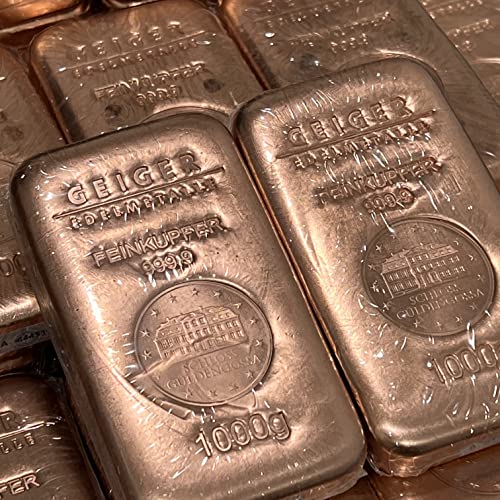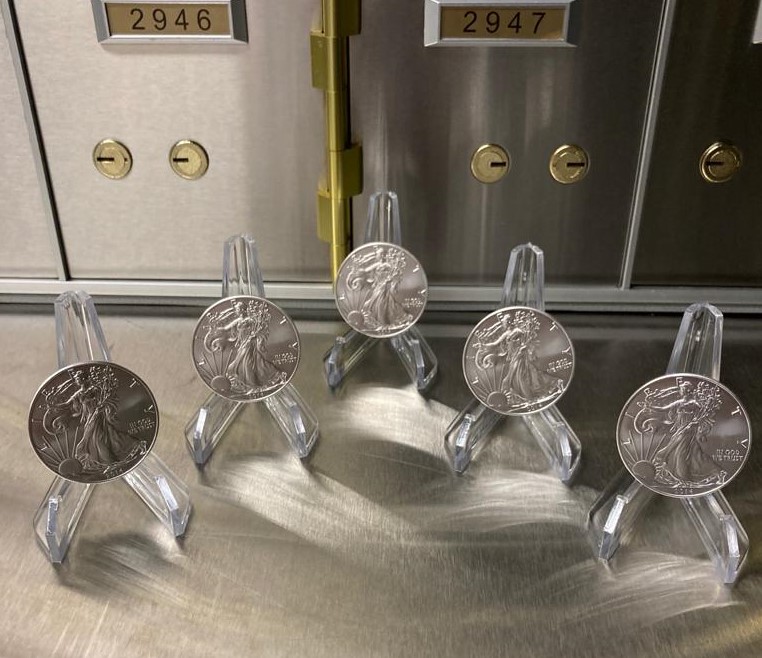
A closer look at Copper
The Metal
Copper is the 29th element on the periodic table, with the element symbol Cu, from the Latin word cuprum. The name is derived from “from the isle of Cyprus,” which was known for its ancient copper mines. Copper is a nonferrous, malleable and precious metal. It is a major industrial metal due to its high malleability, ductility and electrical and thermal conductivity. One of copper’s important properties is its strength and durability. Copper is a tough metal, and so are its alloys, as they don’t become brittle or shatter even when exposed to freezing temperatures. Copper readily forms alloys with other metals. Two well-known alloys are bronze (copper and tin) and brass (copper and zinc). The addition of copper to gold is how rose gold is produced. Copper’s naturally reddish-metallic colouring is unique among all the elements. The only other non-silvery metal on the periodic table is gold. It’s an abundant metal found in the earth’s crust and nearly 80% of the copper that has been mined to date is still in use. It is also important to note that copper is a 100% recyclable metal.
The Use cases & Why Copper matters
The use of this shiny, reddish metal certainly isn’t a new phenomenon, mankind has been making products from copper for at least 8,000 years and it still remains an important metal in industry today. It is due to the above characteristics that copper has a wide range of applications in electronics, plumbing, transportation, construction, and consumer and health products. One of copper’s remarkable traits is its antimicrobial property and it is becoming increasingly important in the prevention of infection. Copper’s anti-microbial properties have made it a popular metal in the medical field. Moreover, people even need copper in their diets. According to the U.S. National Library of Medicine, the metal is an essential trace mineral that’s vital for forming red blood cells. Fortunately, copper can be found in a range of foods, for example potatoes, grains, beans and leafy greens.
However, its primary use case is as an industrial metal. It ranks third after iron and aluminium in terms of quantities consumed in the USA. In fact, the U.S. Geological Survey (USGS) estimates that every American born in 2008 onwards will use at least 593 kilograms of copper during their lifetime.
The price of copper is determined by a number of factors, including demand from emerging economies such as India and China. Strong demand for the metal also comes from the U.S. housing market. The price of copper is a good gauge for the overall strength and performance of the global economy. Emerging markets can act as a key driving force behind the price of copper as these countries have high growth rates for housing, transportation infrastructure and other types of construction. Therefore, the price of copper is sensitive to growth rates in these countries. In recent decades, China in particular has driven demand for copper. For example, China’s construction spree and economic boom in the late 1990s and early 2000s resulted in a surge in the price of copper.
EVs – driving demand
Millions of tons get used for these applications every year, but it is still early days for copper’s use in electrification. That’s because copper will continue to be a critical component of the green energy revolution, thanks to the rising adoption of battery-powered vehicles. Conventional gas-powered cars contain 8 to 22 kilograms of copper while a battery-powered EV contains 83 kilograms. Meanwhile, a whopping 369 kilograms of copper is required for a fully electrical bus.
Pure EV motors can contain more than a mile of copper wiring. Most of the copper in a standard EV can be found in the electric motor. In addition to the copper wire in the engine, copper wiring is used to connect the electronics and battery packs. As vehicles rely more and more on electricity as a key power source, an increasing amount of copper will be required to deliver on this promising technology. In fact, it is estimated that in a future where all passenger vehicles sold are fully electric, the demand for copper would increase by 22% compared to its current market size. By 2027 it is estimated that the copper demand for EVs is expected to increase by 1.7 million tonnes, which is a number just shy of China’s entire copper production in 2017.
Merrion Gold’s Offering
Merrion Gold now offers investors the opportunity to invest in pure copper bars and diversify their portfolio. Merrion Gold’s offering now includes premium gold, silver, platinum, palladium and copper products. Each copper bar has a fineness of 999.9/1000 and is foil sealed to protect the bar from tarnishing. Merrion Gold can offer these investment grade copper bars in a range of different sizes including 5000g, 1000g and 500g. Please get in contact with our precious metals dealing desk on 01-254 7901 if you would like to know more about these copper bars, which are available for immediate collection from our premises in Dublin, Ireland.

